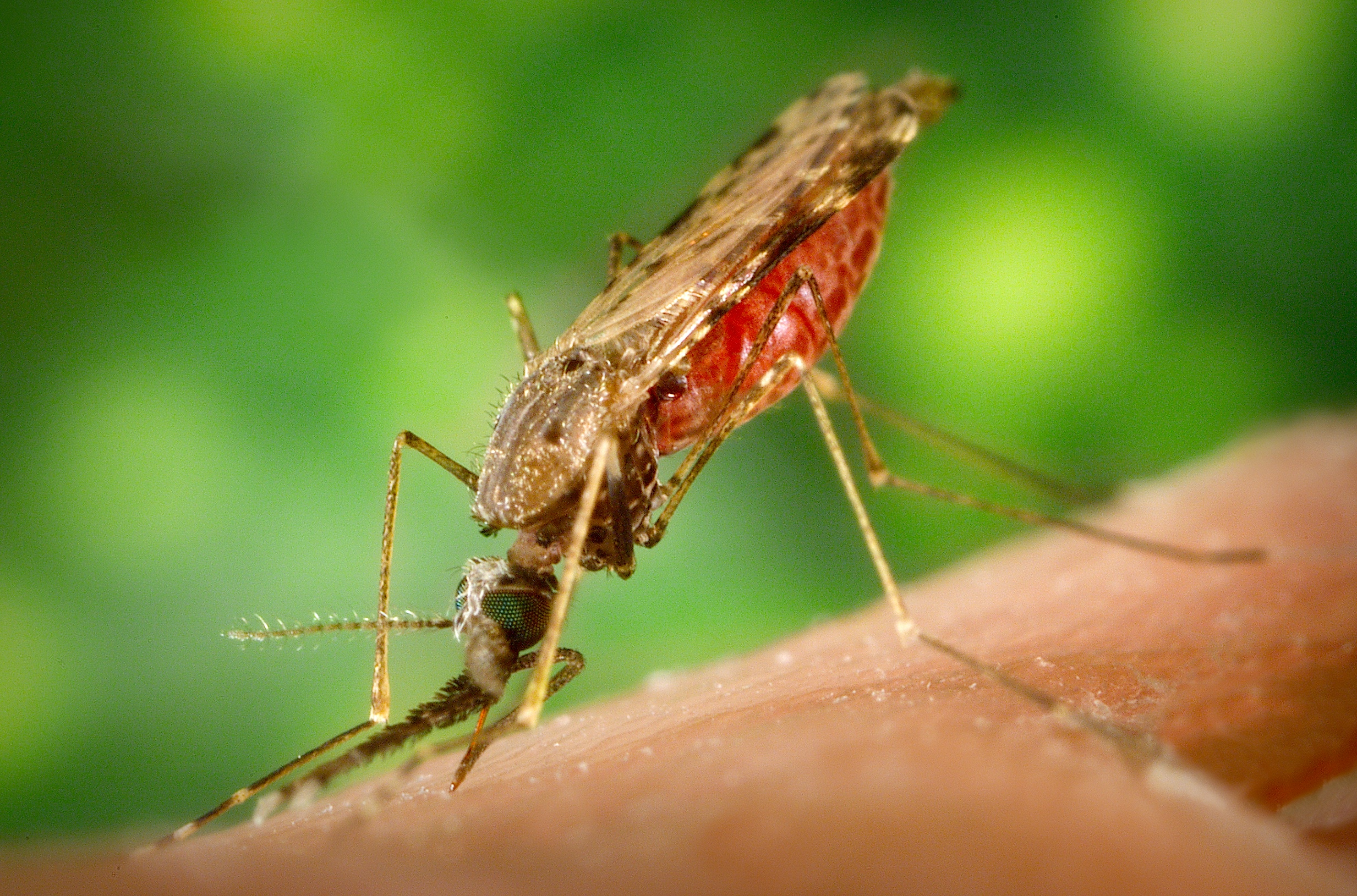Hey, heads up Public: game-changing new science means we can probably make insects stop spreading malaria, dengue fever, and Lyme disease. Or reverse pesticide resistance in agricultural pests. Or even eliminate invasive (or otherwise undesired) species. But this has major public policy implications, and scientists want to make sure everybody knows what we’re getting into and we set up safeguards before any of this actually happens.

Population-level engineering could make mosquitoes resistant to malaria, preventing them from spreading it and maybe even eradicating the disease.
That’s the heads-up a group of scientists recently published about a rapidly-developing new technology that gives us the potential to genetically engineer entire species. We’ve been able to genetically manipulate organisms for a while now, but changes made with traditional genetic engineering are unlikely to spread throughout entire populations. Species are generally exquisitely adapted to their environments, and changes we make usually direct energy into traits we desire - big, colorful fruit, lots of vitamins, more omega 3 fats, etc. - that are not necessarily helpful for the species in the wild. So without us, the genes for those traits would get purged by natural selection pretty quickly.
But what if the gene itself had an advantage separate from its host organism? That’s the concept behind a “gene drive”, which is when a gene spreads through a population even when it doesn’t provide a selective advantage. Animals have 2 copies of most genes; we get one from each parent and give only one to each child. So each version of a gene only has a 50% chance of getting passed down. A gene drive overwrites the other version of the gene, meaning it’s the only version left, and it always gets passed down.

This gene overwriting has two steps: cutting and copying. First, the new gene cuts the other gene by specifically targeting the old genetic sequence. Cells generally don’t like it when their DNA gets cut, and they are already pretty good at repairing breaks. One of their repair methods is to say, “well, I still have one good version of this gene on my other chromosome, so I’ll just copy that onto the broken one.” So after the gene drive cuts the other gene, the cell fixes the damage with the gene drive version.
This type of gene drive has been known about for a while, and it’s even been demonstrated (kind of, but it didn't work very well) on a small laboratory scale. However, the problem has always been making a specific cut only at the target DNA sequence. Enter Cas9, a newly discovered gene whose rapid rise to stardom in molecular biology rivals Justin Bieber on YouTube. Cas9 is part of a bacterial immune system against viruses, known as CRISPR, that cuts up invading virus DNA (yes, bacteria get colds too). If a bacterium survives a virus attack, it remembers the virus DNA sequence and directs Cas9 to be on the lookout for matching DNA from another invading virus.
Like a bloodhound tracking a scent, Cas9 can be directed against any gene you want.
Scientists quickly realized they could direct Cas9 against any DNA sequence they wanted, just by providing the right target sequences. In just a few short years, Cas9 went from interesting new discovery to essential genetic tool. As the Cas9 technique developed, scientists also realized it could be the answer to making gene drives that reliably and precisely spread through whole populations in the wild. The new gene would be attached to Cas9, which would be targeted to cut the old gene you wanted to replace.
As one potential application, scientists have suggested controlling insect-borne diseases like malaria. A gene drive could be released to make mosquitoes malaria-resistant, stopping them from spreading the disease to humans. The same approach could be used for Lyme disease, yellow fever, and others.
Gene drives could also be used to reverse the evolution of pesticide resistance in agricultural pests. Theoretically, they could also make pests vulnerable to normally benign chemicals - imagine wheat pests with gluten intolerance! That should allow farmers to use less, and less toxic, pesticides. “Suppression” gene drives could also be used to suppress invasive species by, for example, altering the sex ratio so only females are born.
With the amazing potential power of gene drives, it’s important to remember what they can’t do. You can’t “catch” a gene drive - it only spreads by biasing inheritance. Because of that, gene drives can’t be used on viruses or bacteria that replicate asexually and only have one copy of each gene. That also means gene drives take dozens of generations to have an effect, which means they are probably limited to fast-reproducing insects if we want to see any results.

Another gene drive limitation - we haven’t figured out how to genetically encode magnetism.
One final limitation comes from Darwin himself: gene drives bypass normal evolution for a while, but they can’t fight it forever. Eventually the gene drive will break in a natural, spontaneous mutation. Also, cells don’t only use the copy-paste method to repair DNA breaks; sometimes they just glue the ends back together. That could create new versions of a gene that are missing the target sequence and are immune to the drive. If we wanted to keep a new gene in a population, we would probably need to keep releasing new maintenance drives to keep evolution from purging it.
We could also prevent or reverse gene drives ourselves. If a gene drive was having unwanted side effects (or had been released by a bad actor), we could release a “reversal drive” to replace it with the original gene. Gene drives could be headed off with an “immunization drive” that would recode a gene to make it immune to an unwanted drive. Our food supply is probably safe from gene drives, because seed companies and animal breeders would easily be able to detect a drive.
Recognizing the potentially immense power of Cas9 gene drives, a team of scientists and bioethicists recently published a trio of articles calling for safeguards, strict controls, and public discussion before any gene drive is released. The astonishing pace of Cas9 technology means gene drives will almost certainly happen at some point, they say, so it would be best to be proactive. You can find a guest blog at Scientific American, a paper describing the technology in detail at eLife, and a policy forum piece in Science, all open access.





Comments